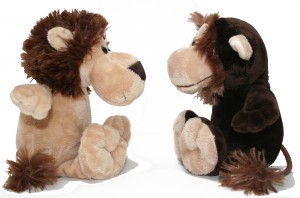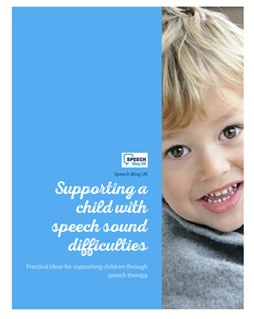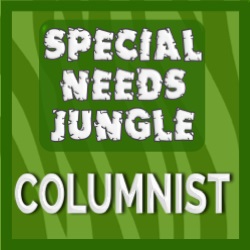Helen and I have started this series of post to show how you can use everyday toys in therapy. Although there are some fantastic speech therapy specific resources and toys out there, you don’t need to spend lots of money to support your child’s speech and language skills. You just need to keep in mind what you are working on! It really isn’t about what you buy, but what you do with it! You can read the other posts in the series – How to use a ball and how to use bubbles.
I always have a few different teddies and dollies with me. I have some small ones that can fit inside bags and boxes etc and larger jointed ones that you can make sit, put clothes on them and move them.
So what do I do with them?
- Body vocabulary – you can ask the child “Where is teddy’s tummy?” or “Show me dolly’s arm”. You can work through a good range of body vocabulary, even eyelashes on some dollies! Then you can link it to the child and ask where the child’s tummy is etc
- Verbs / doing words. You can use the teddy or dolly to support early verbs e.g. you can make them jump or run or sit (if you have a toy with jointed legs!)
- Instructions/ key words – You can read our post about key words here. If you have a dolly and a teddy you can combine verbs and body vocabulary and ask your child to find the teddy’s foot or dolly’s face etc. For it to be a 2 key word instruction just makes sure you put the dolly and teddy in front of your child.
- Play skills – If you have a flannel/ small towel, brush or maybe a babies bath you can practise the sequence of play of bath time e.g. take clothes of the dolly, put it in the bath, “wash, wash, wash”, get dolly out and dry her with the towel etc There is lots of time to feed in language and repeat the words in context for your child to learn. Equally if you have some play food or a bowl and spoon, you can take turns feeding teddy and giving him a drink. You can talk about the food teddy might like etc. The sequencing of play is very important and underpins learning words and putting them into sentences.
- Prepositions/ in, on and under – I often use a teddy and a box when practising these early prepositions. You can read a post about this here.
- Early concepts – If you have a big and little teddy or dolly, you can teach big and little. Or you can talk about dolly and if her hair is long or short. If dolly has been in the bath is she wet or dry?
- If you are working with an older child, you could bring in some adjective work and describe the teddy – Is he cuddly or adorable, furry or fluffy? You could also make a story about the teddy or dolly – think about where they would live, what they might do and what would happen.
Have I missed anything? What else do you use a teddy or dolly for?







Leave a Reply